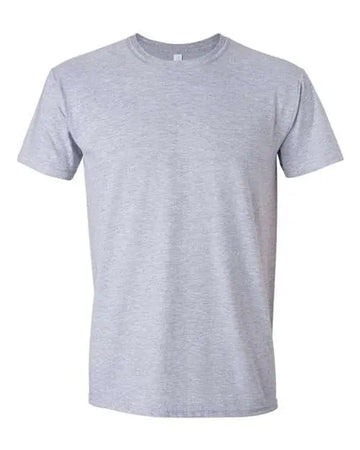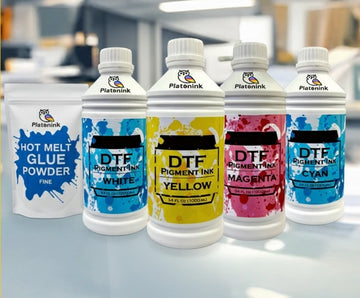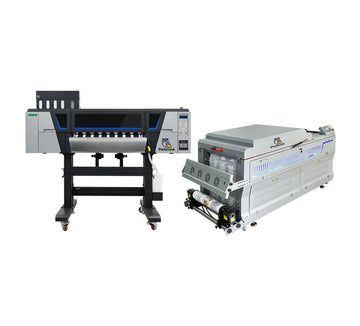Whether you’re stocking up for seasonal designs or managing daily orders, how to store heat transfers and how to handle DTF transfers makes all the difference. Crisp designs and long lasting quality depend on more than just a good press, they rely on proper dtf transfer handling instructions care from the moment your transfers are printed until the second they hit the heat press.
Here’s everything you need to know to keep DTF transfers dust-free and your DTF printing in perfect condition.
1. Why Proper Storage Matters
DTF transfers are long lasting, but only if you give them the attention they need. Improper storage can result in:
- Cracking or curling
- Ink bleeding
- Reduced shelf life
- Uneven transfers
That means customer complaints, wasted product, and lost profits. Thankfully, simple changes in your setup can prevent best temperature to store DTF transfers.
2. The Best Way to Store DTF Transfers
how long do DTF transfers last in storage
Let us maintain simplicity. In order to maximize your transfers:
- Keep them flat. Use storage drawers or folders, not rolls.
- Avoid bending or folding. This can crack the ink and distort the film.
- Use parchment or wax paper to separate to prevent sticking.
3. Optimal Humidity and Temperature Ranges
- Transfers hate extremes.
- Temperature range for storage: 18°C to 24°C (65°F to 75°F).
- 40% to 60% relative humidity
Ink may get weaker or disintegrate if it is exposed to excessive heat or moisture. Too dry? You run the risk of breaking. Use airtight containers with moisture absorbers to help stabilize conditions if your shop lacks temperature control.
4. Handling DTF Transfers Without Damaging Them
Think of DTF films like photography negatives, every touch counts.
Handle from the edges. Avoid pressing on printed areas.
- To keep moisture and oils off the surface, use gloves or clean, dry hands.
- Don’t stack freshly printed transfers. Let them fully cure and cool first.
Bonus tip: Avoid dtf transfer cracking or exposing transfers to direct sunlight, it can fade the ink prematurely before it ever hits a shirt.
5. What Is the Storage Life of DTF Transfers?
If managed correctly, most moves can last six to twelve months without causing a decrease in performance. For some brands, maintaining consistent storage conditions is essential to increasing their shelf life. If shelf life of dtf transfers is a concern, try a small corner of an older transfer before producing a full press.
6. Avoiding Common Mistakes
Let’s make sure you’re not unknowingly shortening the life of your transfers. Avoid:
- Storing transfers near heat presses or windows
- Stacking heavy objects on top of stored transfers
- Letting transfers collect dust or moisture
- Over handling or refolding them
Every crack, smear, and wrinkle will be visible in the finished product. Protect your inventory like you would a finished product, because that’s exactly what it is.
7. Use Inventory Systems to Stay Organized
If you’re working with hundreds of designs, invest in a simple labeling and filing system. Some print shops use:
- Clear bins or drawers labeled by holiday, size, or client
- QR codes or digital logs for easy inventory tracking
- Zip lock style bags with date markers for bulk transfers
Staying organized reduces waste, speeds up workflow, and keeps every order sharp and timely.
Conclusion
You've already put in a lot of effort to print stunning DTF designs. Now, safeguard that work with careful treatment and clever storage. At Bostonian DTF, we think that adhering to the proper DTF transfer storage tips guidelines will increase customer happiness, improve product quality, and prolong the lifespan of your whole print line.
Frequently Asked Questions
1. What temperature is ideal for DTF transfer storage?
The ideal temperature range for DTF transfers is between 65°F and 75°F (18°C and 24°C), in a cool, dry place away from moisture and direct sunlight.
2. What is the duration of DTF transfers in storage?
DTF transfers normally have a 6 to 12 month shelf life without any quality degradation when stored properly.
3. How can dust free DTF transfers be maintained?
To stop the accumulation of dust and lint, use sealed plastic containers or resealable folders. Avoid places where there is a lot of foot movement and open shelves.
4. Does humidity have an impact on my DTF transfers?
Indeed, moisture may cause ink to leak or cause glue to deteriorate. Ideal storage conditions require a relative humidity of 40% to 60%.
5. Should I stack my DTF transfers?
Steer clear of piling too many on top of one another, particularly if they are just printed. Use separation sheets and store flat to prevent pressure damage.


















